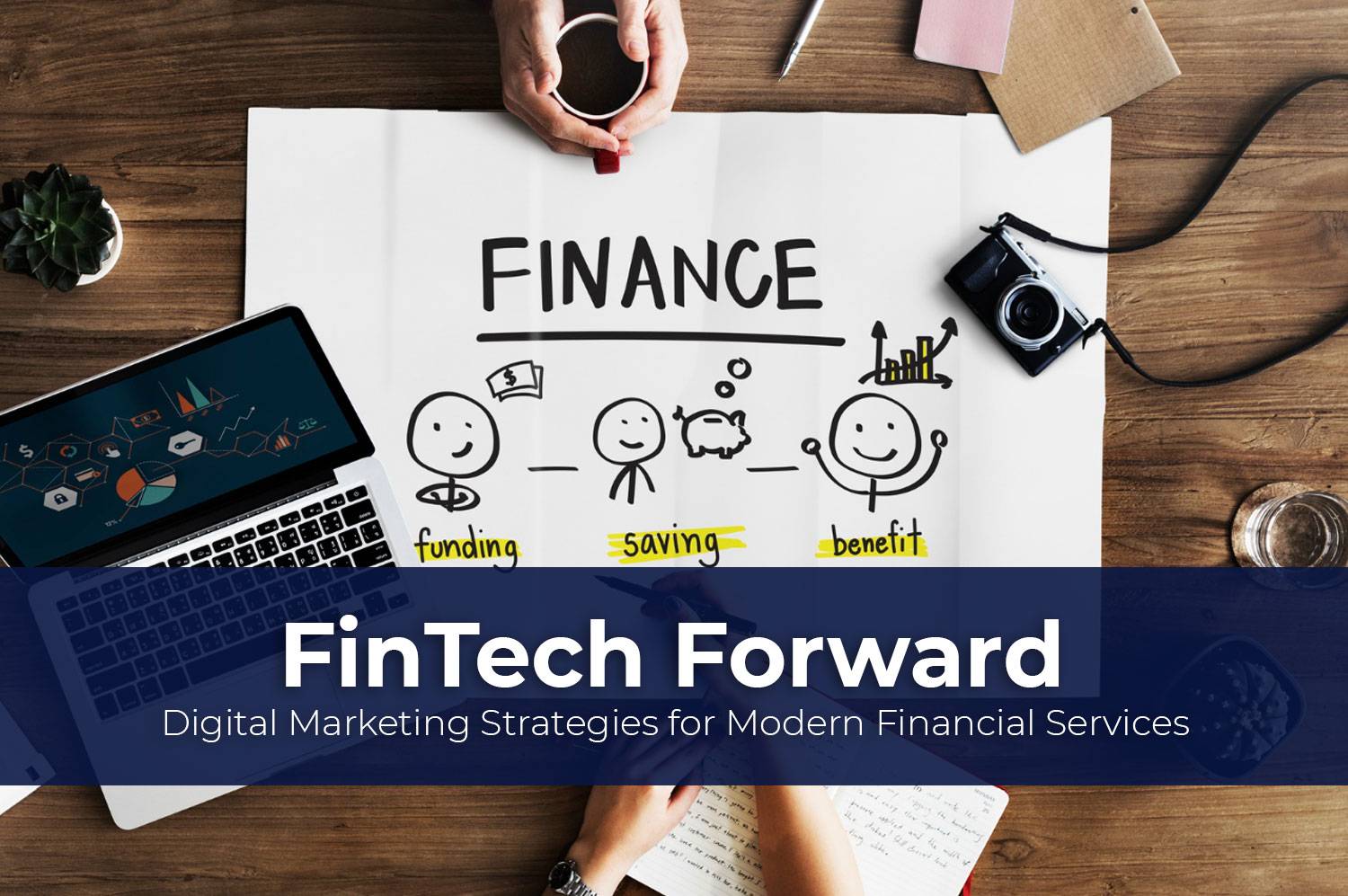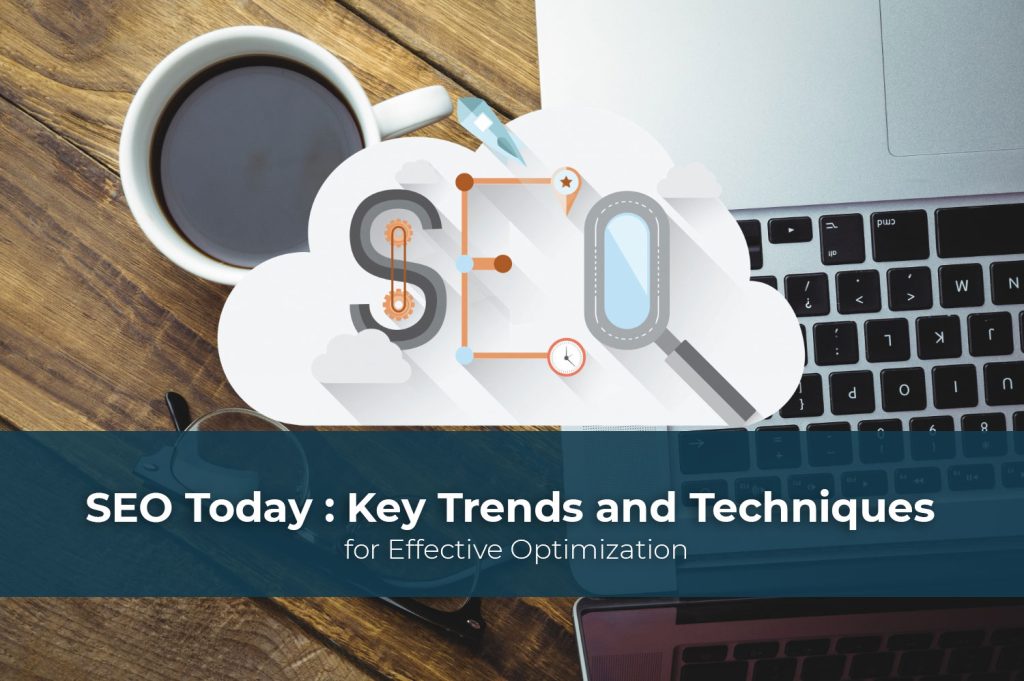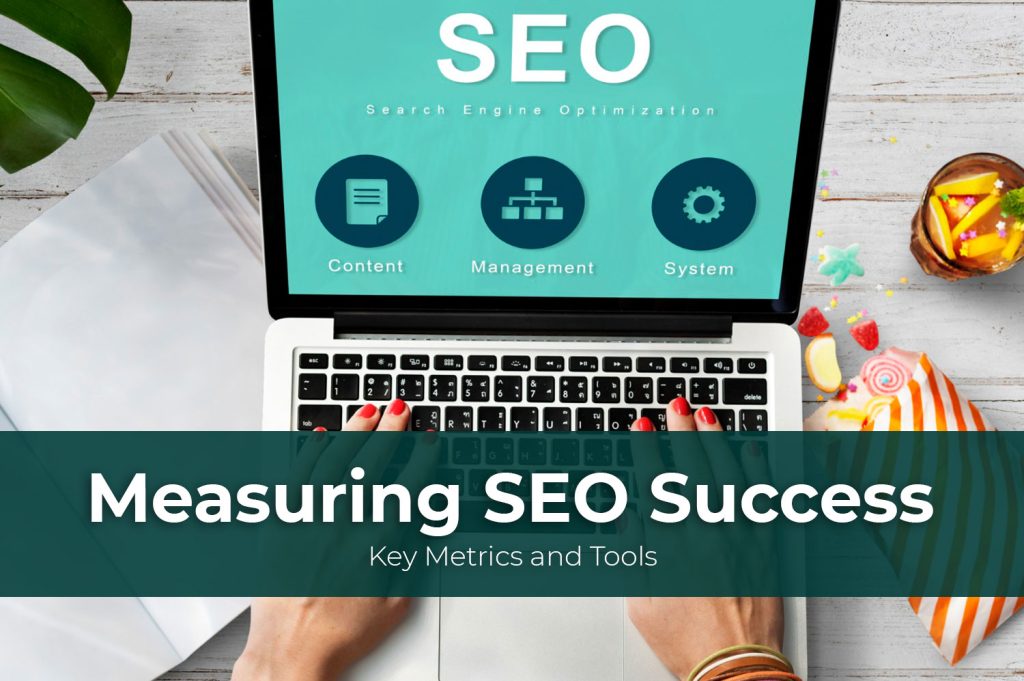
Table of Contents
ToggleIntroduction
The Financial Technology (FinTech) revolution has ushered in a transformative era for global finance. With the digital age at its peak, consumers and businesses are adapting to an increasingly digitized financial ecosystem. As traditional banking institutions strive to stay relevant, FinTech startups are bursting onto the scene, leveraging cutting-edge technologies and unique value propositions. This paradigm shift isn’t just about technology; it’s about the convergence of finance and customer-centric digital strategies. With consumers demanding more transparent, efficient, and personalized financial services, the pressure is on for financial institutions to refine their digital marketing approaches.
While the financial sector historically depended on in-person consultations and paper-based transactions, today’s consumers lean heavily on digital channels. From mobile banking apps to AI-driven financial advisory platforms, the convenience and efficiency offered by digital solutions are undeniable. As such, for financial institutions, the spotlight isn’t merely on offering digital services but ensuring that these services are seamlessly integrated into a comprehensive digital marketing strategy. Just as the ATM transformed banking convenience decades ago, today’s digital marketing strategies are setting a new standard for customer engagement and acquisition in the financial domain. Leveraging these strategies efficiently can be the difference between riding the FinTech wave or being left behind.
The Digital Revolution in Financial Services
The rise of FinTech has revolutionized the way we view banking, investments, insurance, and other financial services. Modern financial institutions, whether established giants or nimble startups, are harnessing the power of digital platforms to reach a global audience.
- Personalized Banking Experiences: Leveraging AI and machine learning, banks offer tailored recommendations and products based on individual customer behaviors and preferences.
- Mobile Wallets & Payments: A significant shift from traditional transaction methods, enabling users to make payments, transfer funds, and manage finances directly from their smartphones.
- Blockchain & Cryptocurrencies: Beyond Bitcoin, blockchain technology is revolutionizing secure transactions, reducing fraud, and increasing transparency in financial operations.
- Robo-Advisors: Automated platforms providing financial advice or investment management online with minimal human intervention, making wealth management accessible to a wider audience.
- Enhanced Security Measures: Adoption of biometric verifications like fingerprint and facial recognition, ensuring better protection against fraud and unauthorized access.
- Open Banking Initiatives: Promoting a more collaborative model where banks share user data with third-party developers to create a seamless and integrated financial ecosystem for users.
Today's financial service customer is tech-savvy, values convenience, and often makes decisions based on online research. By understanding their behavior and preferences, financial companies can tailor their digital strategies to be more effective.

Understanding the Modern Customer
Today’s financial service customer is tech-savvy, values convenience, and often makes decisions based on online research. By understanding their behavior and preferences, financial companies can tailor their digital strategies to be more effective.
Useful Read: How can performance planner serve your business in 2023?
Content is King
SEO for Financial Services
Optimizing content for search engines ensures that potential clients can find your services when they search online. Using the right keywords, meta-tags, and high-quality backlinks can propel a financial service website to the top of search engine results.
- Keyword Optimization: Targeting industry-specific keywords, such as “online banking”, “investment strategies”, or “low-interest loans”, to increase organic visibility among potential clients.
- Local SEO Strategies: Ensuring financial institutions are easily discoverable in local searches, optimizing for terms like “banks near me” or “financial advisors in [city name]”.
- Content Creation: Publishing informative articles, blog posts, and whitepapers on financial topics to position the institution as a trusted industry expert and drive organic traffic.
- Secure and Mobile-Optimized Websites: Ensuring SSL certification for security and optimizing websites for mobile viewing, given the increasing number of users accessing financial services via smartphones.
- Backlink Development: Building high-quality backlinks from reputable financial news sites, blogs, and industry associations to enhance domain authority and boost search rankings.
Useful Guide: The ultimate guide to keyword research: Tips, tools, and techniques
Social Media Mastery
Pay-per-click (PPC) Advertising
Embracing Email Marketing
Leveraging Online Reputation Management
The Role of Web Design
Keeping Up with Trends
The digital landscape is ever-evolving. Financial institutions must stay updated with the latest trends, tools, and technologies to remain relevant and competitive.
Recommended Read: Social media trends businesses should be ready to embrace in 2022
Final Thoughts
Publishing informative articles, blog posts, and whitepapers on financial topics to position the institution as a trusted industry expert and drive organic traffic.





























